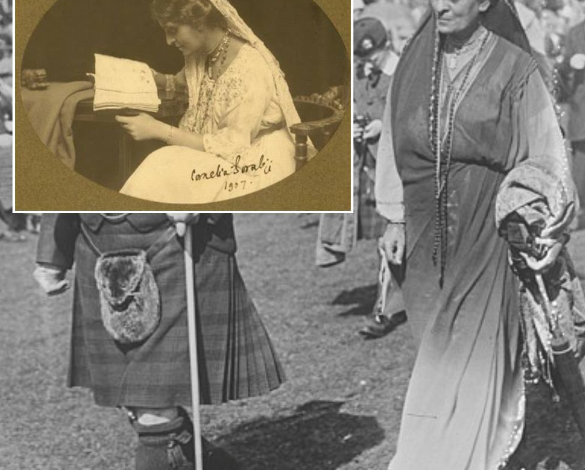Cornelia Sorabji THE FIRST Indian TO STUDY AT A British UNIVERSITY

However, the women persisted. Cornelia Sorabji was breaking barriers when she came to Somerville in 1889. She was the first Indian woman to graduate from Bombay University, the first to attend a British university, the first to study law at Oxford, and after returning to her native India, the first woman advocate and social reformer there.
Women weren’t finally permitted to pursue degrees at Oxford until 1920, more than 40 years after the University of London. Although the Christopher Wren-designed Sheldonian Theatre, the university’s stunning Congregation Hall, had been in use for more than 250 years at the time, it was the first time that women were getting their degrees beneath its imposing painted dome. It was a sentimental time. The atmosphere in the hall was tense with the consciousness of a dream fulfilled, according to the author and pacifist Vera Brittain.
The Somerville campus expanded as a result of the contributions of its illustrious community of instructors, pupils, and graduates, which included not only influential women like Margaret Thatcher and Indira Gandhi but also pioneers in other professions like Jamaican doctor Cicely Williams, who is best known for her work on the severe case of protein malnutrition known as kwashiorkor and served as the first director of the WHO’s Maternal and Child Health division. When Dorothy Hodgkin, a crystallographer from Somerville, won the Nobel Prize in Chemistry, she set up a nursery on the Somerville campus with some of her winnings.
For many years, Oxford instituted a quota that kept the proportion of female students to male students at 25%. This restriction was only lifted in the late 1950s. It was then noted by Janet Vaughan, the principal of Somerville, that it was pleasant to see one knocked down in a world that seems to do nothing but erect barriers.
Oxford’s women’s colleges didn’t receive the full status that had previously only been accorded to the men’s colleges until 1959.
Oxford has experienced sluggish change, and difficulties persist. For the first time ever, women made up 50% of all undergraduate students in 2019. Women continue to be underrepresented on boards, at higher levels, and as department heads. Oxford continues to have a mean gender pay gap of 18.1% and a median gender pay gap of 11.1%, according to the university’s Gender Pay Gap Report for 2022.
News Mania Desk






